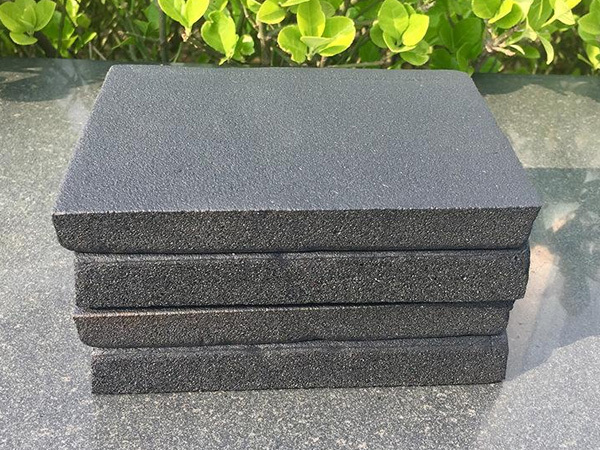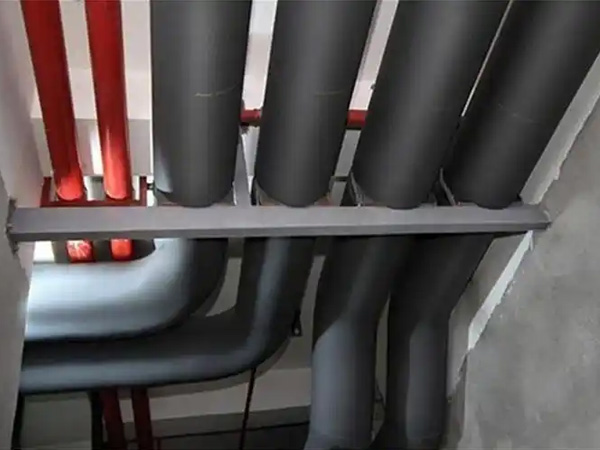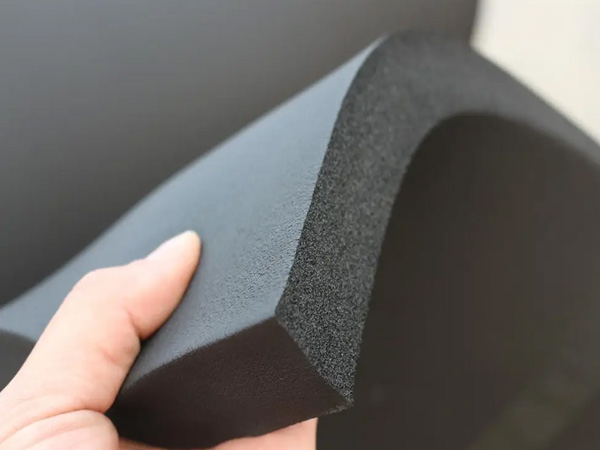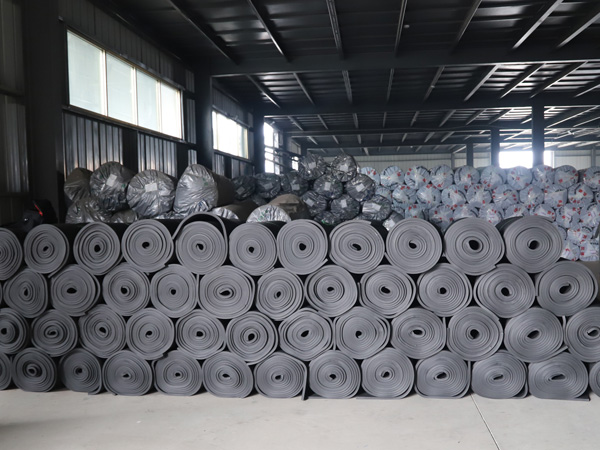Challenges and Solutions for Phenolic Foam Boards in Cold Storage and Special Environments
2025-06-18 14:59:43
Challenges and Solutions for Phenolic Foam Boards in Cold Storage and Special Environments
Phenolic foam insulation boards are widely used in cold storage facilities due to their excellent thermal performance and fire resistance. However, their application in such extreme environments presents unique challenges. Below is a detailed analysis of these issues and their solutions.
1. Key Challenges in Cold Storage Applications
(1) Thermal Contraction and Expansion
Temperature Fluctuations: Frequent door openings and defrost cycles cause thermal cycling, leading to:
Stress cracks at joints and edges.
Delamination from substrates due to differential expansion.
Dimensional Instability: Low-density phenolic foam may warp or shrink over time, creating gaps in the insulation layer.
(2) Moisture and Condensation Issues
Vapor Diffusion: Temperature gradients drive moisture into the insulation, risking:
Reduced thermal efficiency (wet insulation loses R-value).
Mold growth or corrosion of metal structures (e.g., studs, fasteners).
Ice Formation: Condensed water freezes within the board, causing cracking or adhesive failure.
(3) Mechanical Durability
Brittleness at Low Temperatures: Phenolic foam becomes more fragile in subzero conditions, increasing the risk of damage during:
Installation (cutting, handling).
Operational impacts (e.g., forklift collisions).
Load-Bearing Limitations: Heavy stacked goods may compress low-density boards, reducing insulation thickness.
(4) Chemical and Hygienic Concerns
Bacterial Growth: Organic components in older phenolic formulations may promote microbial growth in high-humidity environments.
Chemical Resistance: Exposure to cleaning agents (e.g., chlorine-based sanitizers) can degrade the foam surface.
2. Solutions for Reliable Performance
(1) Material Selection and Design
High-Density Boards (≥60 kg/m³): Resist compression and mechanical stress better.
Closed-Cell Structure: Minimizes moisture absorption; pair with vapor barriers (e.g., aluminum foil facings).
Fire-Rated Variants: Ensure compliance with cold storage safety standards (e.g., FM Global approval).
(2) Installation Best Practices
Expansion Joints: Allow for thermal movement by spacing boards 3–5 mm apart, filled with flexible sealants (e.g., polysulfide).
Adhesive Optimization: Use cryogenic-grade polyurethane adhesives that remain flexible at low temperatures.
Protective Layers: Install impact-resistant coatings (e.g., fiberglass-reinforced plastic) in high-traffic zones.
(3) Moisture Management
Continuous Vapor Barriers: Seal all seams with butyl tape or welded membranes to block moisture ingress.
Desiccant Systems: Incorporate humidity control in critical areas to prevent condensation.
(4) Maintenance and Monitoring
Regular Inspections: Check for cracks, gaps, or moisture accumulation post-installation.
UV Protection: If exposed to light (e.g., near doors), cover with UV-stable coatings to prevent surface degradation.
3. Industry Standards and Testing
ASTM C591: Standard for unfaced phenolic foam insulation in cold service.
EN 14309: European thermal insulation products for industrial applications.
ISO 20088: Evaluation of freeze-thaw resistance for insulation materials.
For ammonia-based refrigeration systems, verify chemical compatibility due to potential alkaline degradation.

OurFlame Retardant Rubber Foamis a premium closed-cell elastomeric insulation material engi...

OurRubber Pipe Insulationis a high-performance solution designed specifically for HVAC pipi...

Rubber Foam Insulation Sheet – Product Introduction Premium Flexible Insulation for Therm...

Specially engineered for refrigeration applications, ourElastomeric Rubber Insulationprovid...



